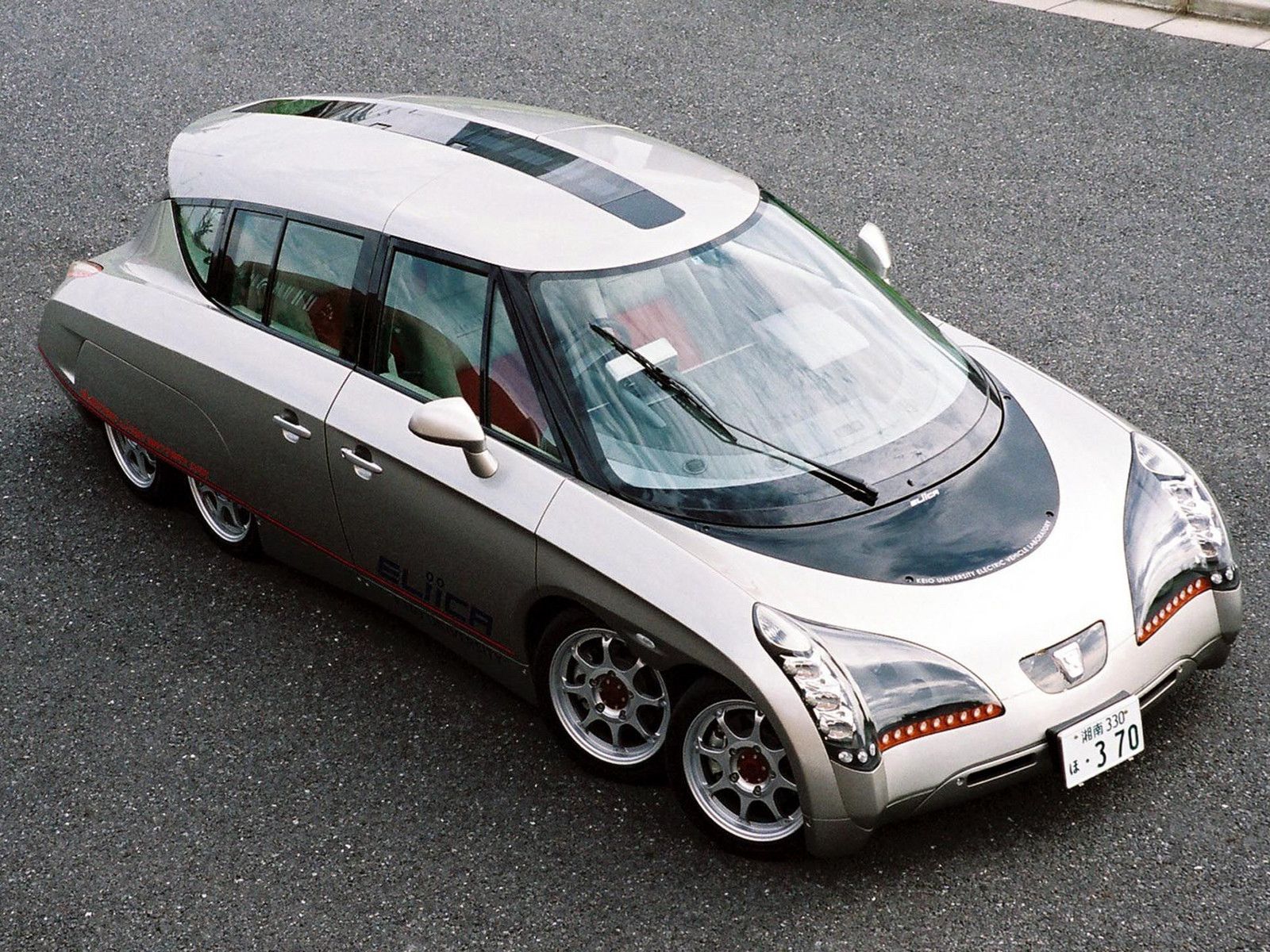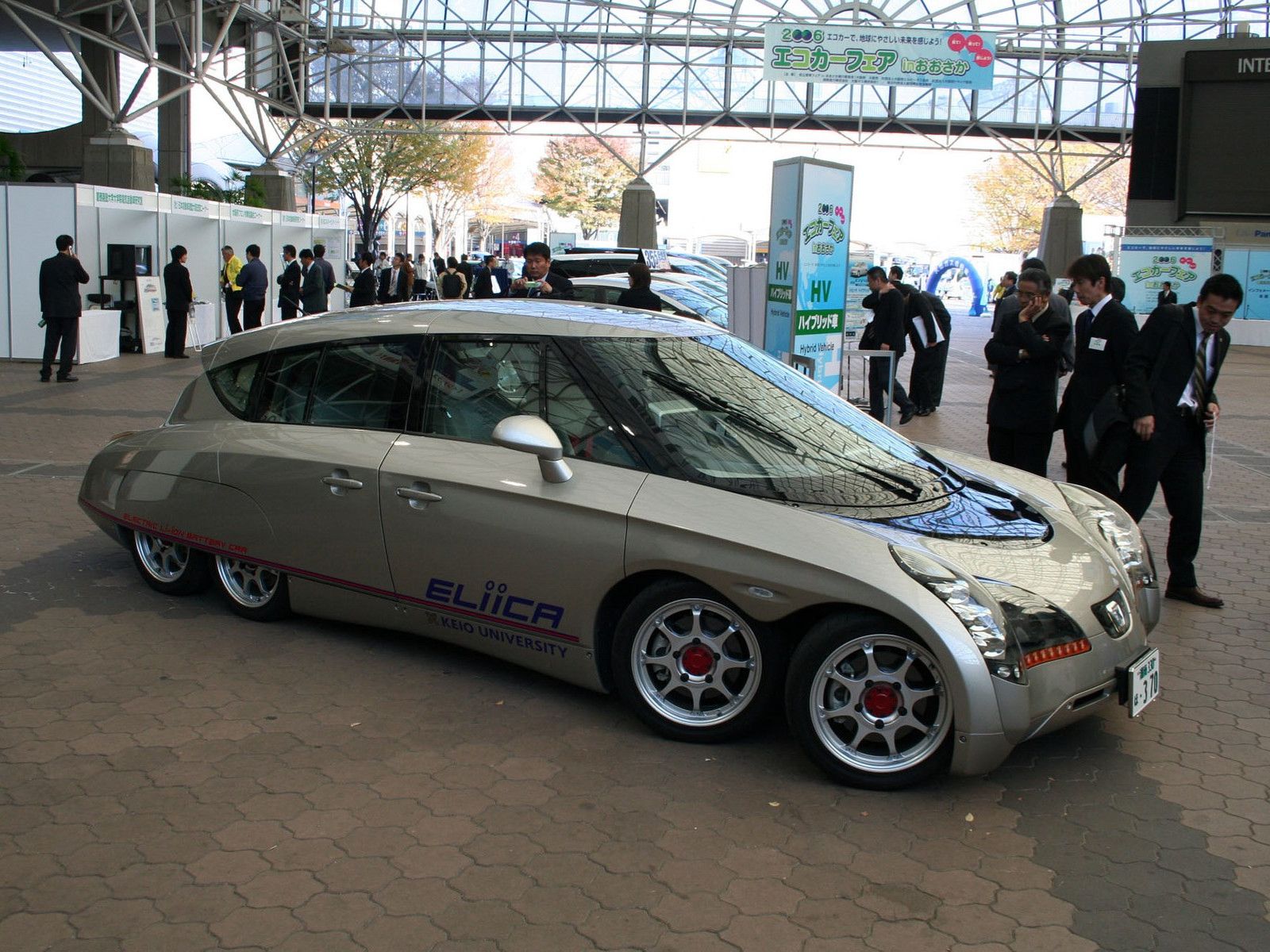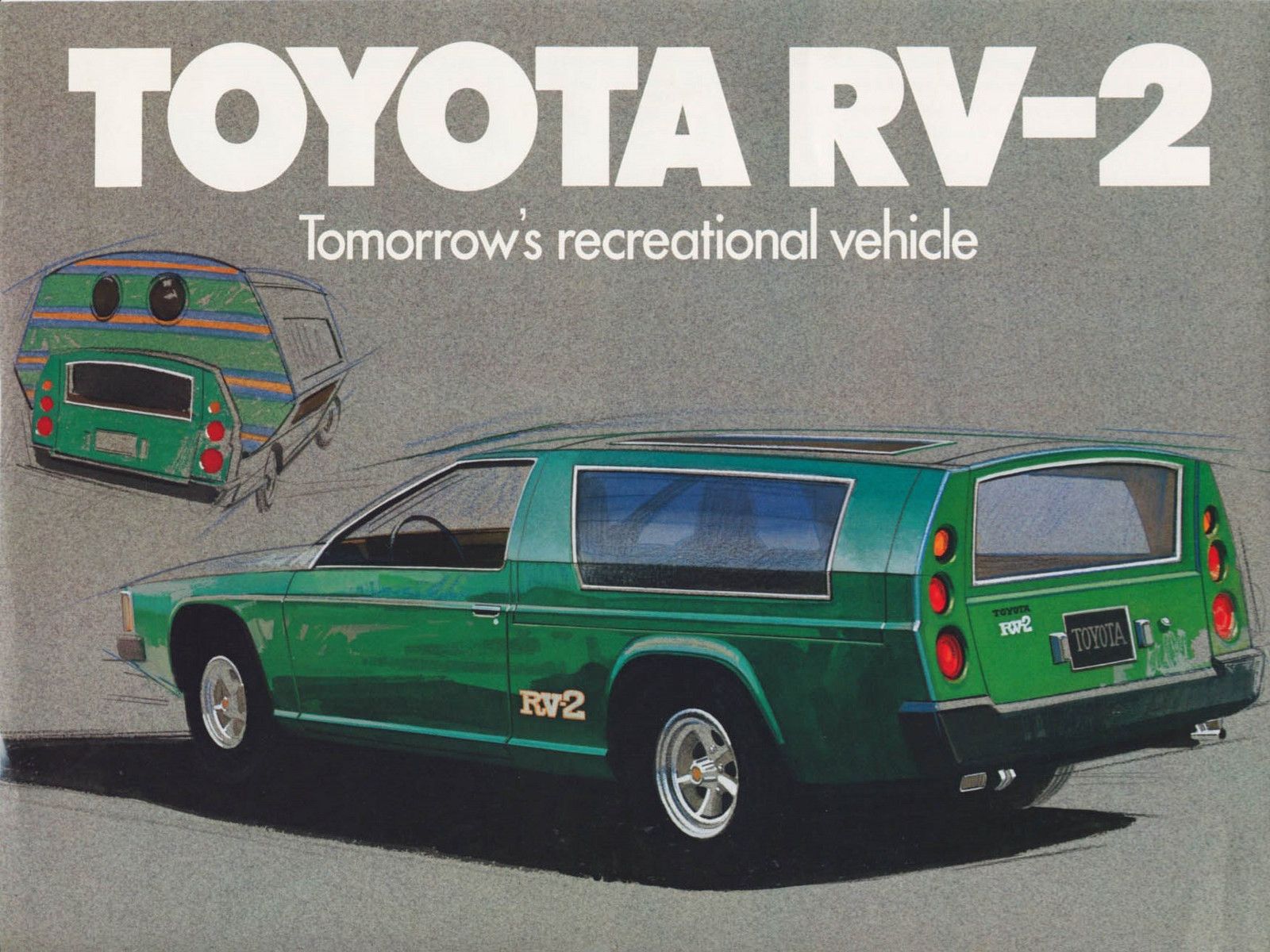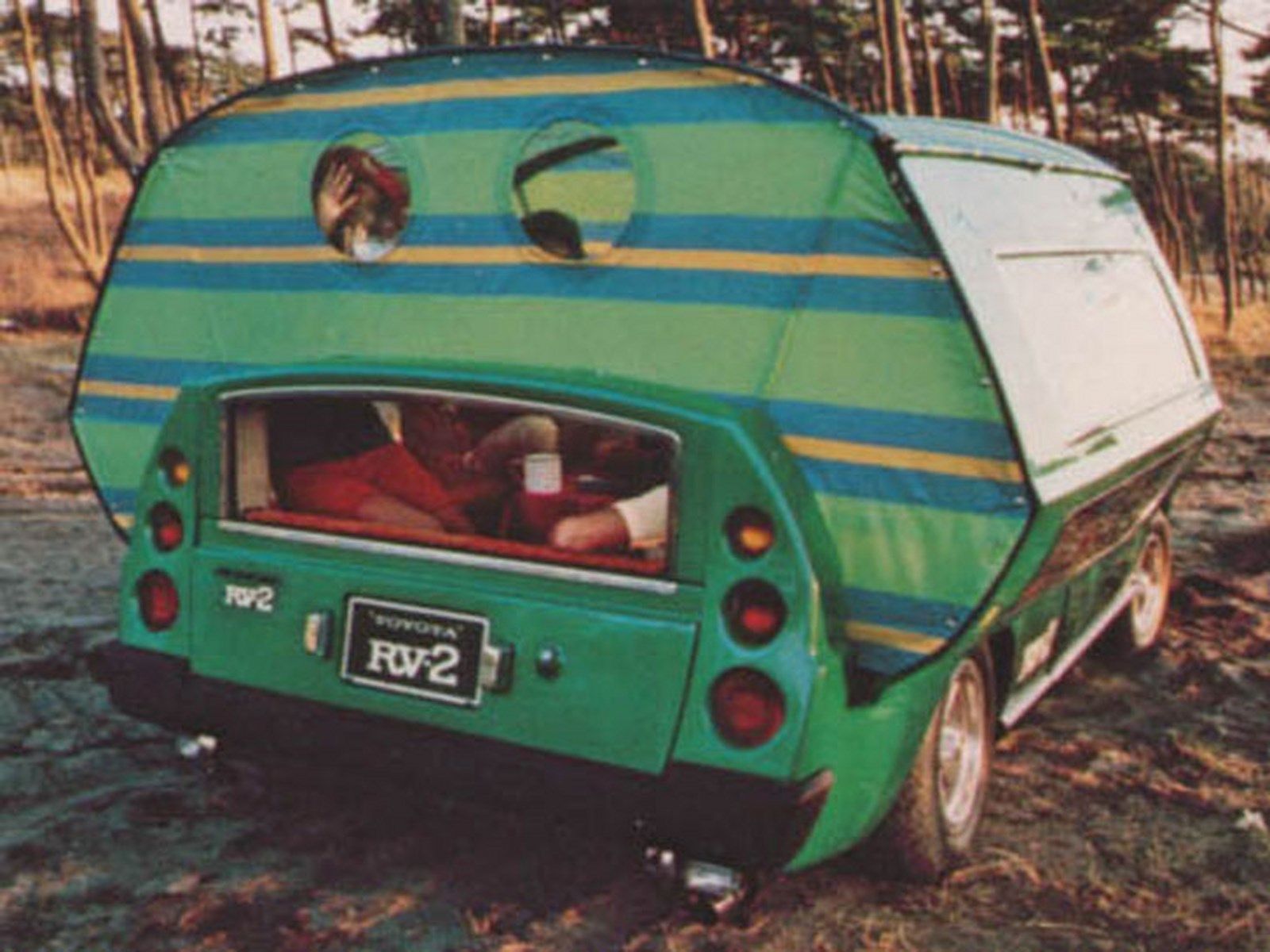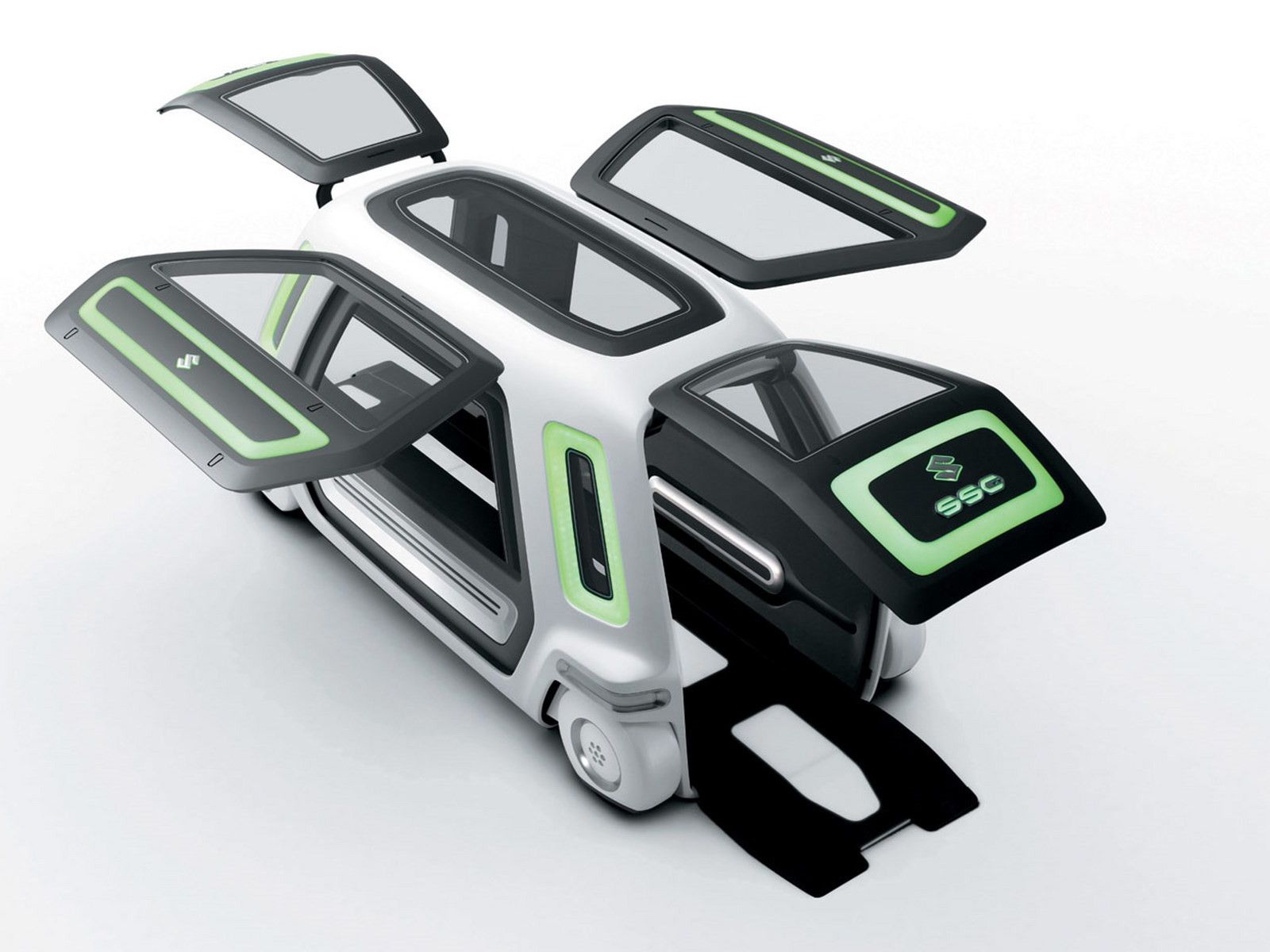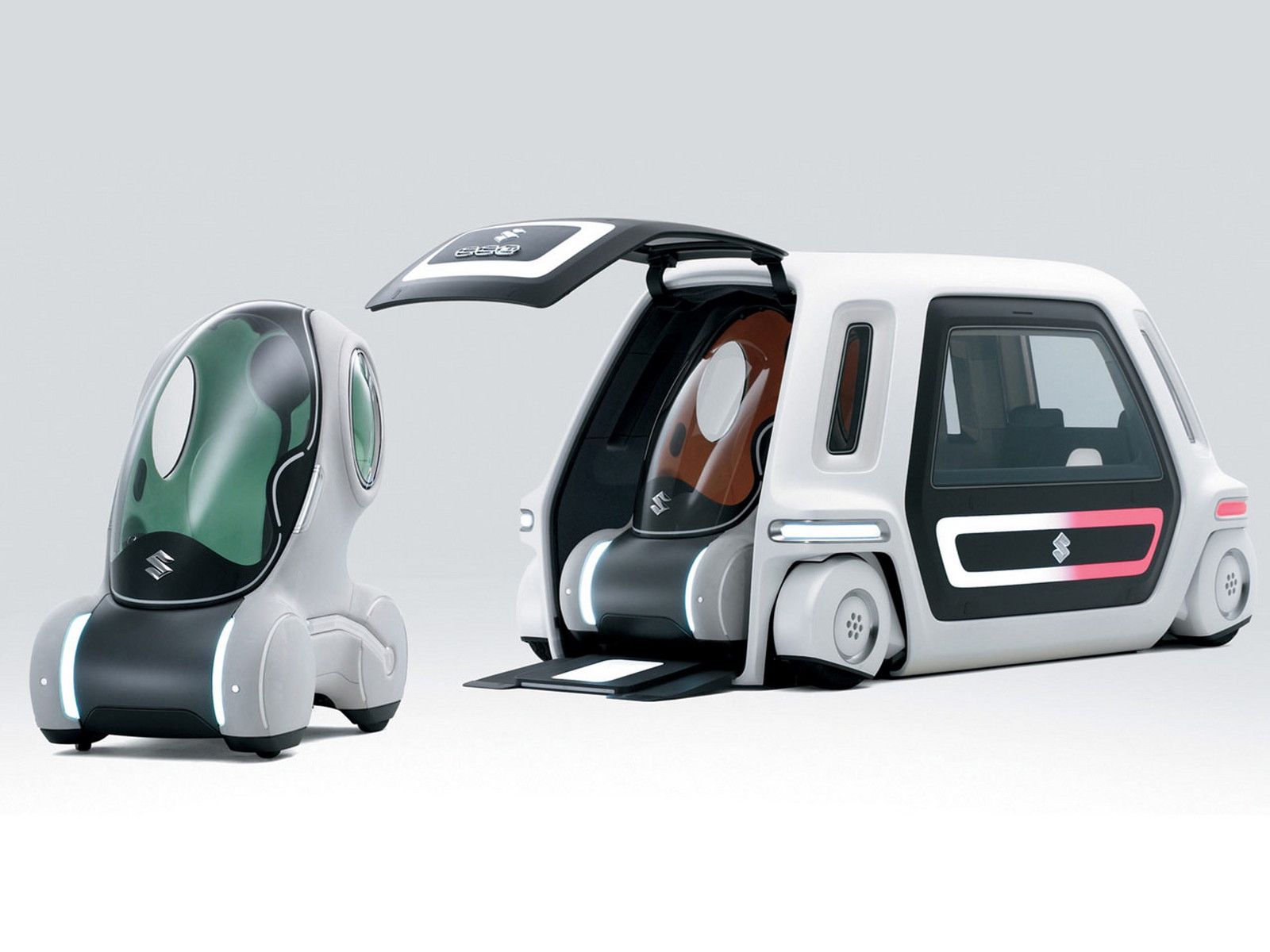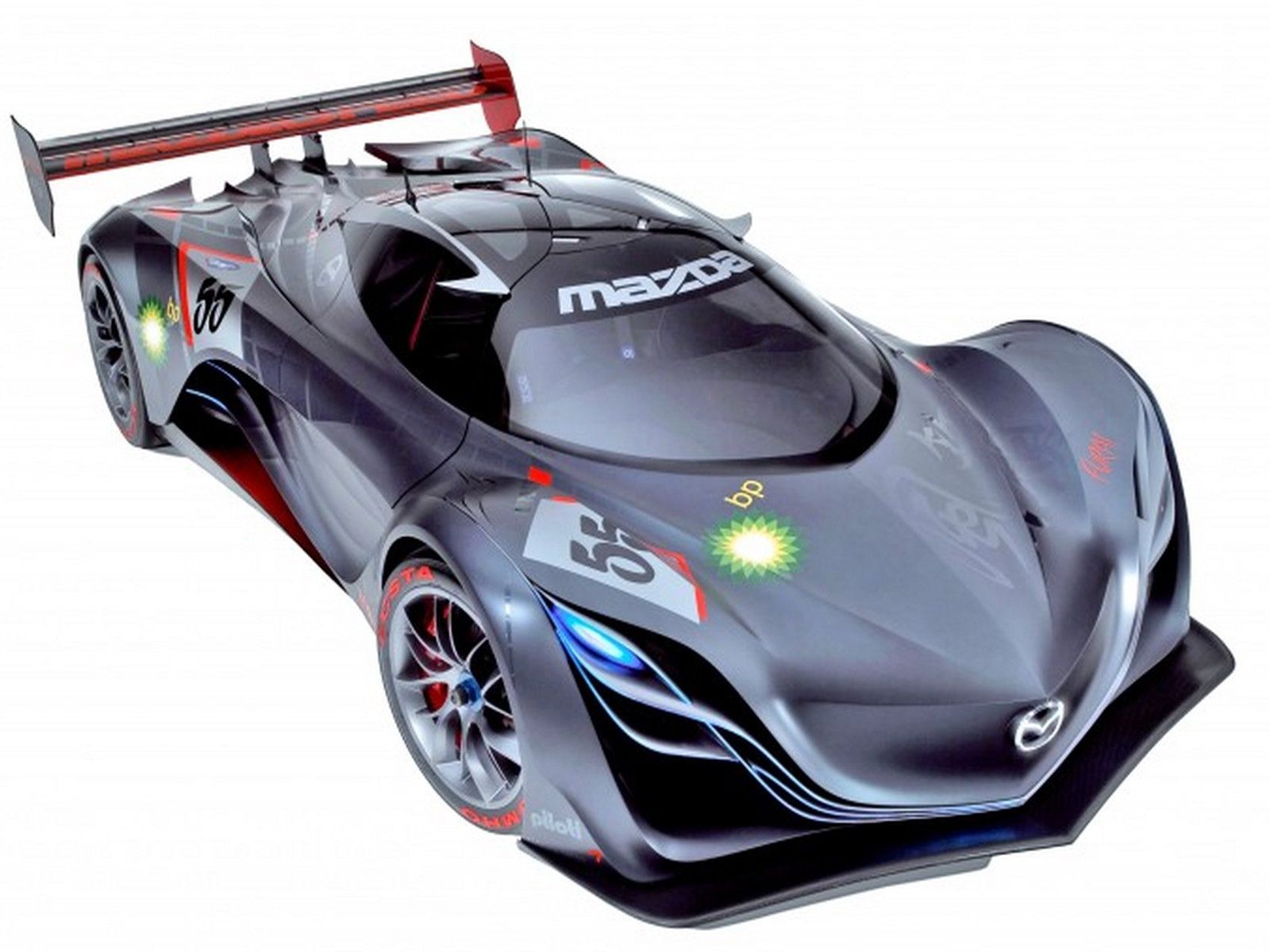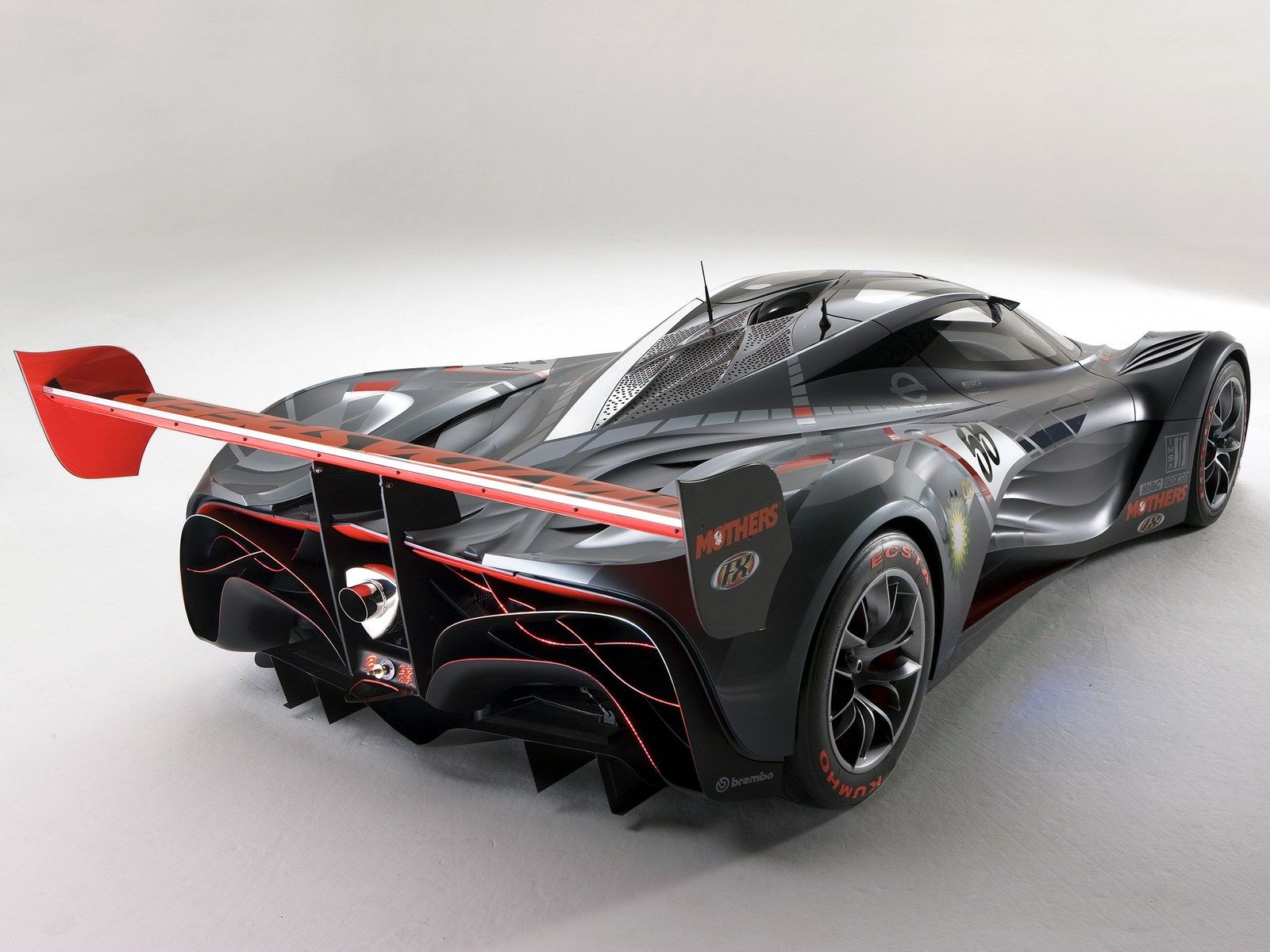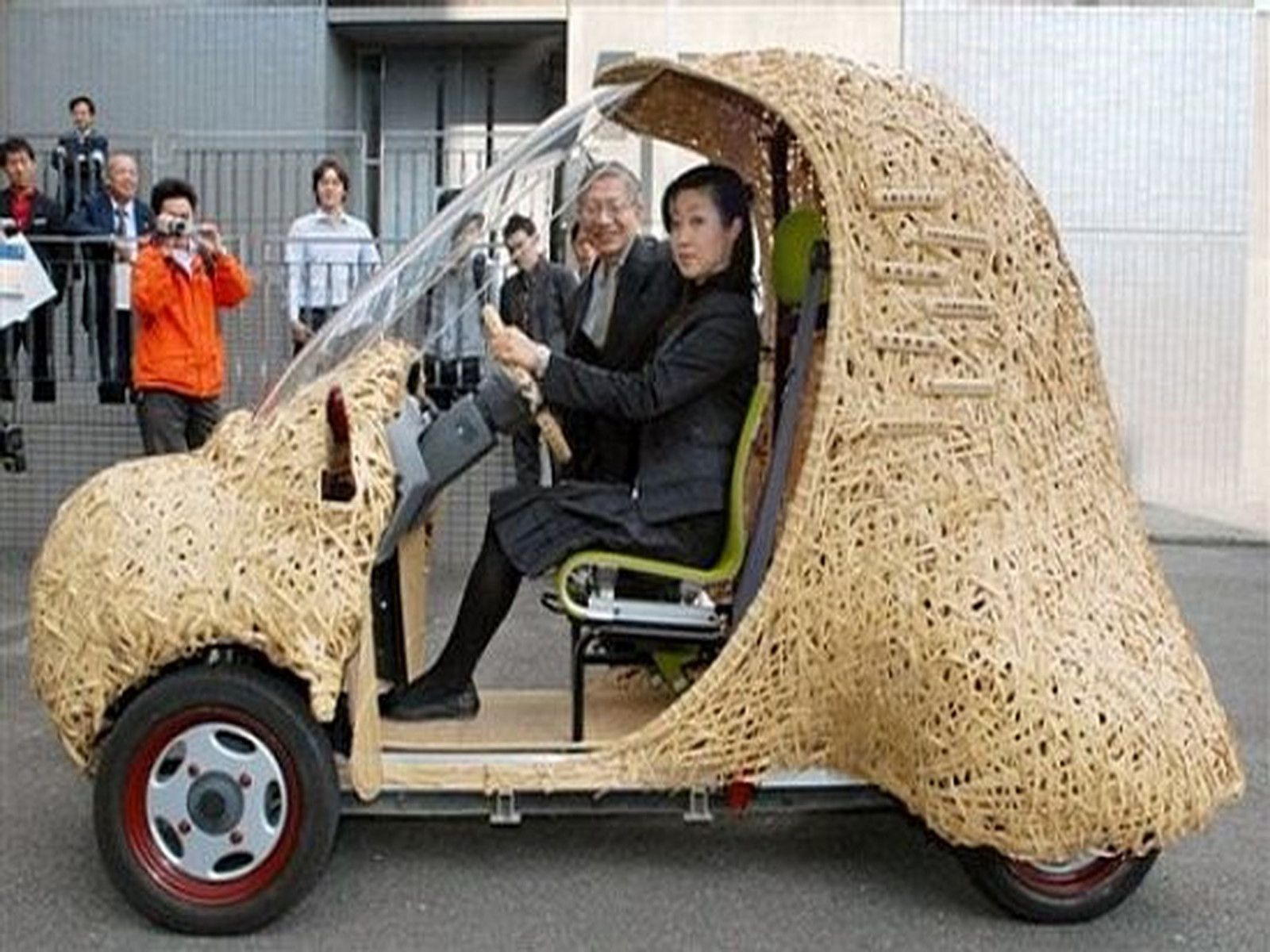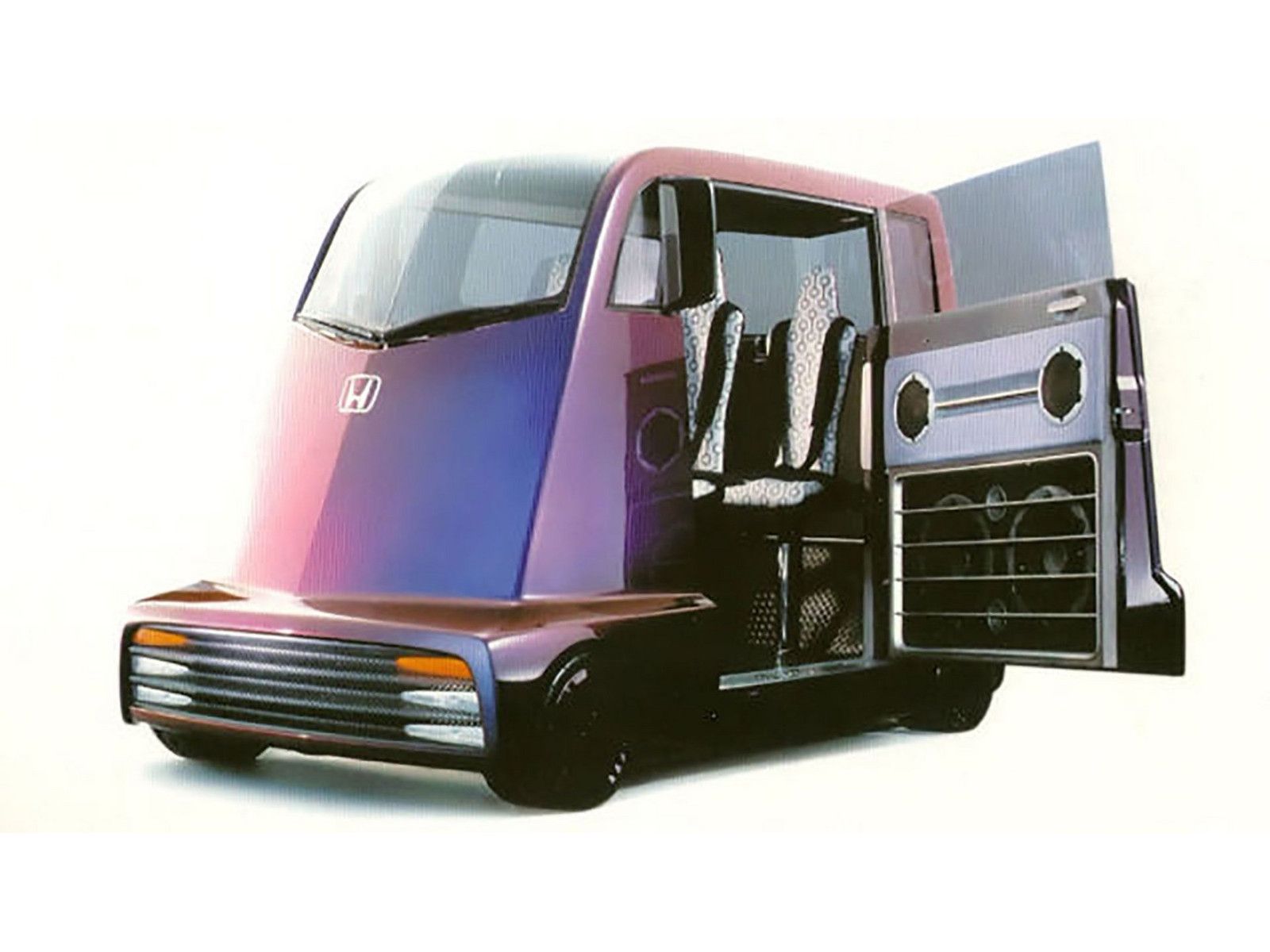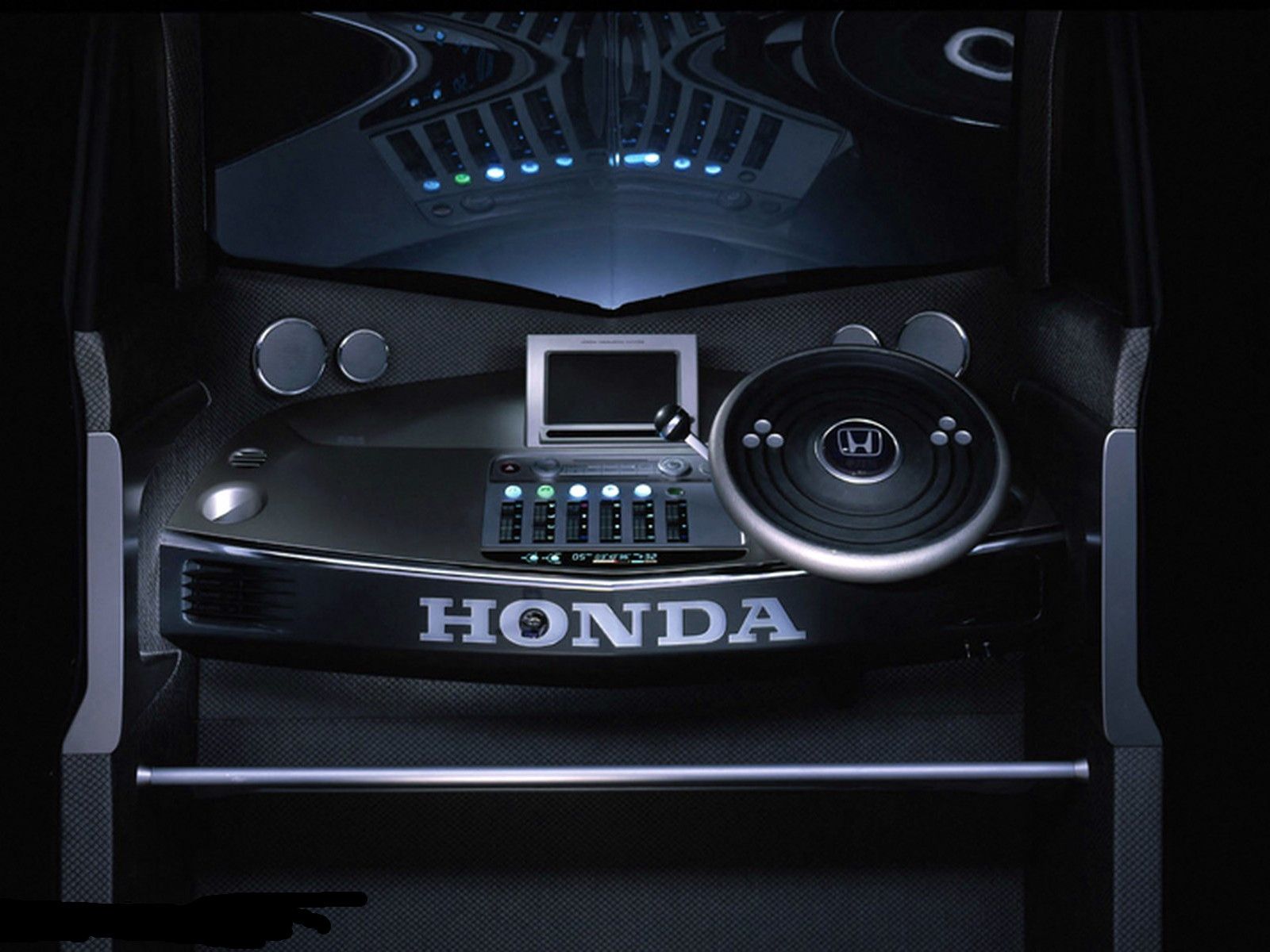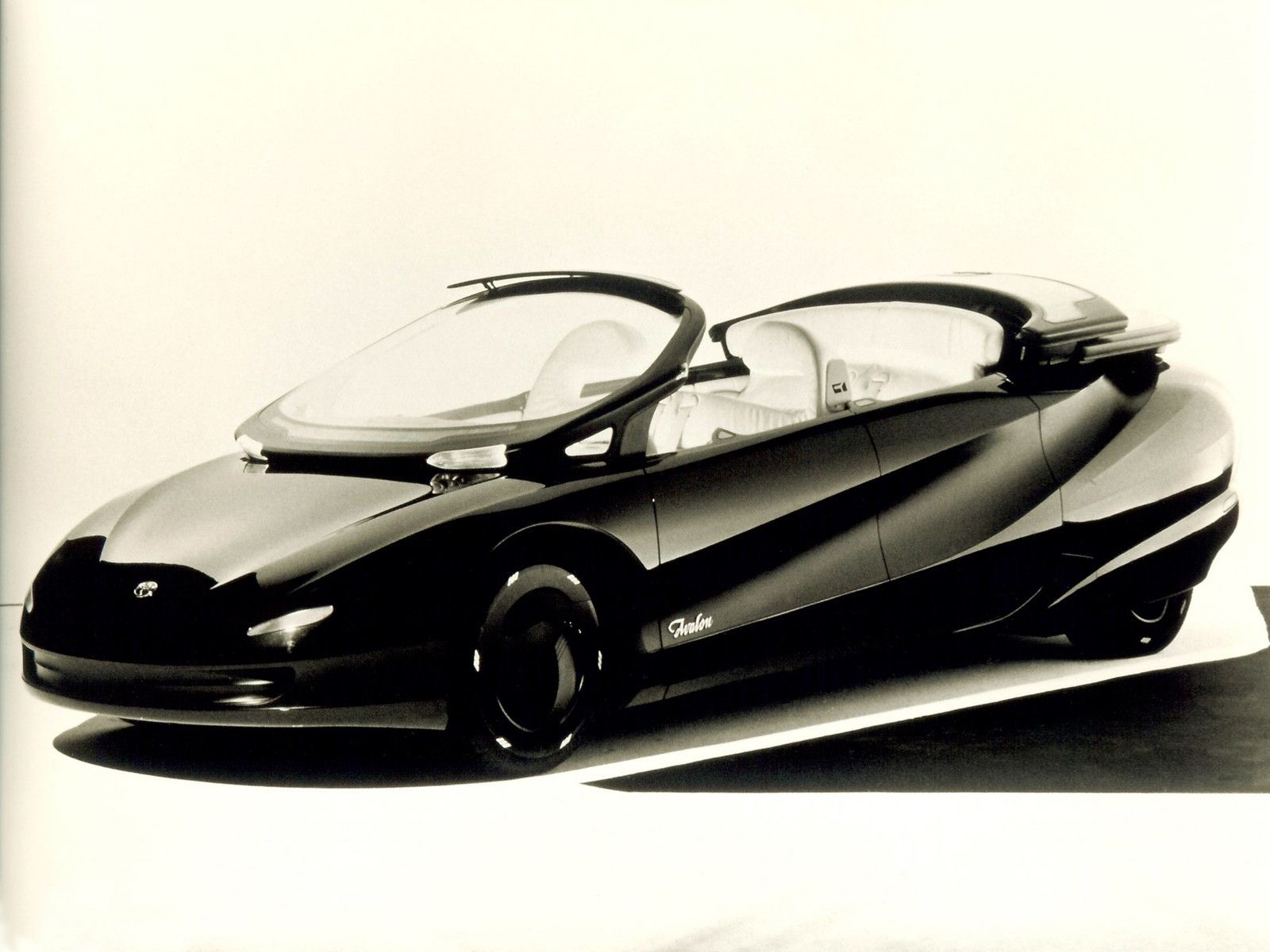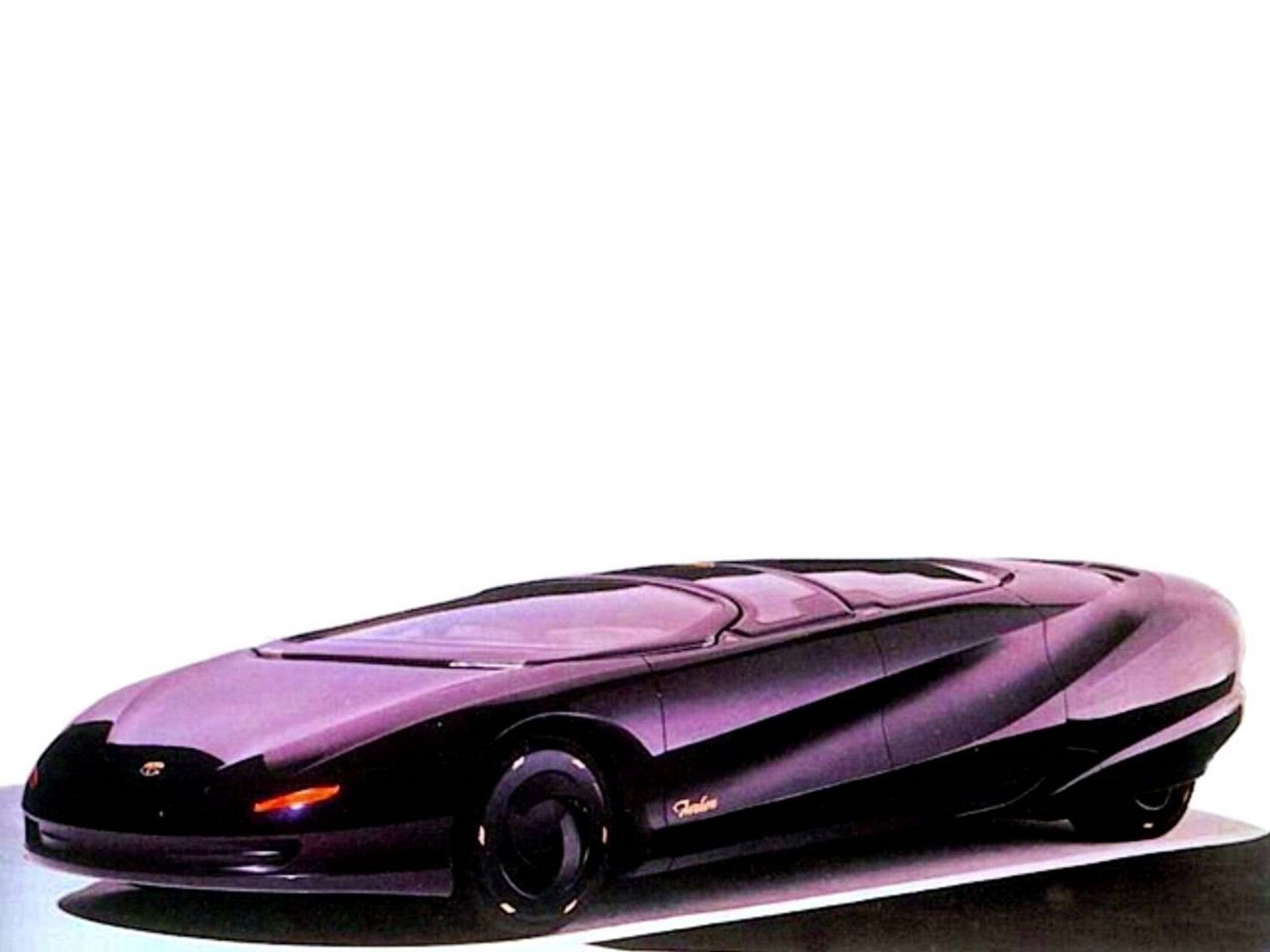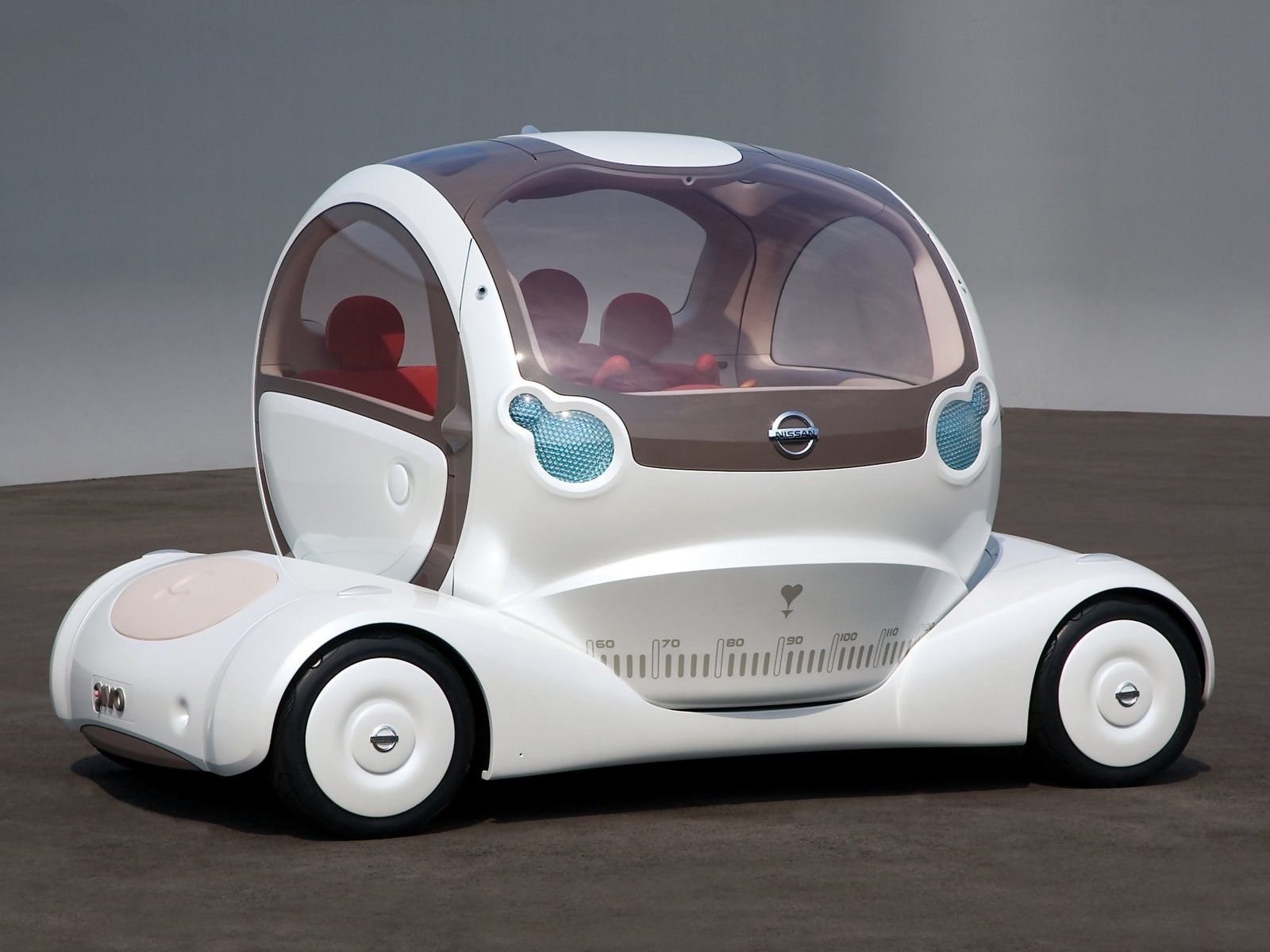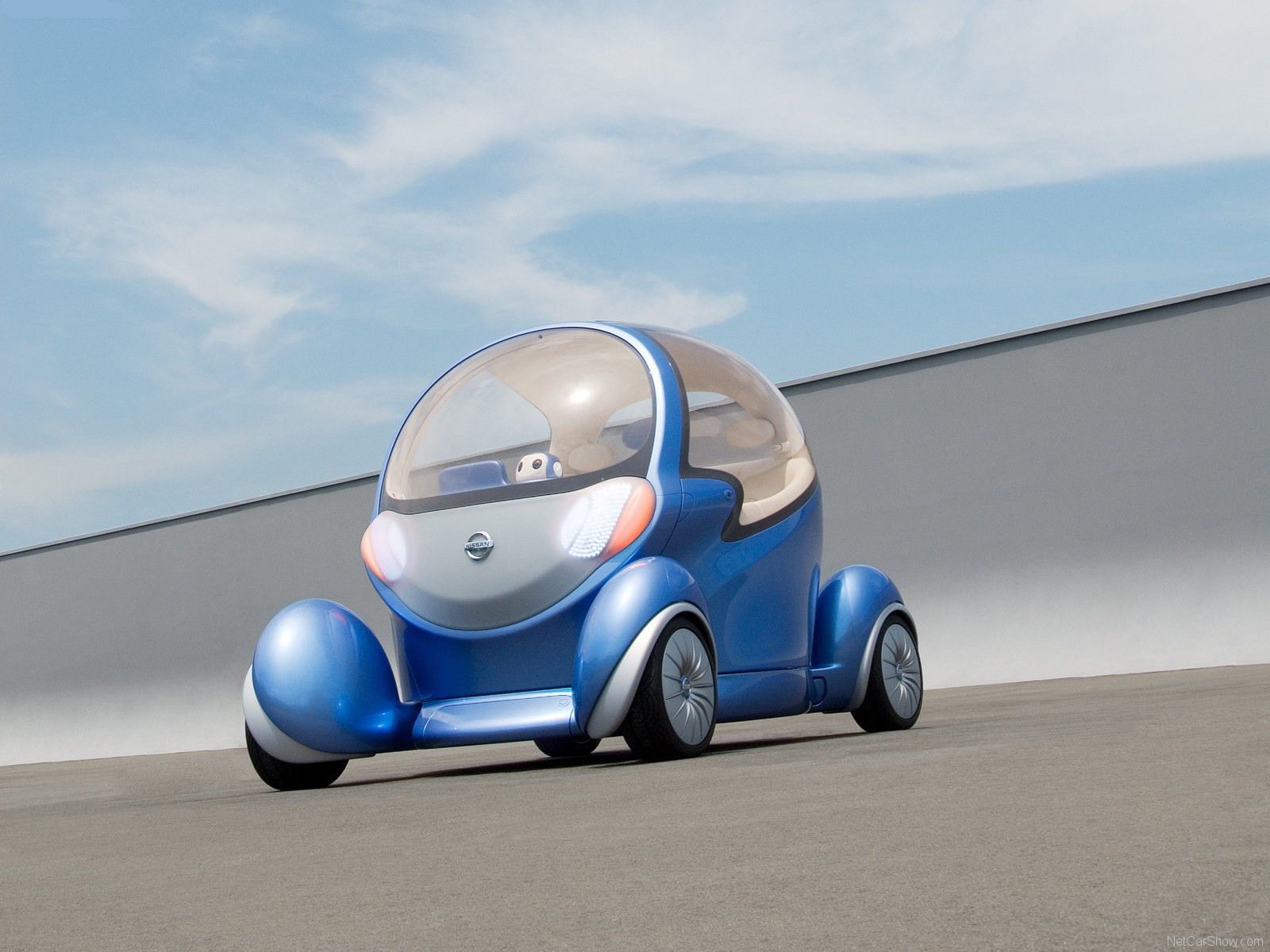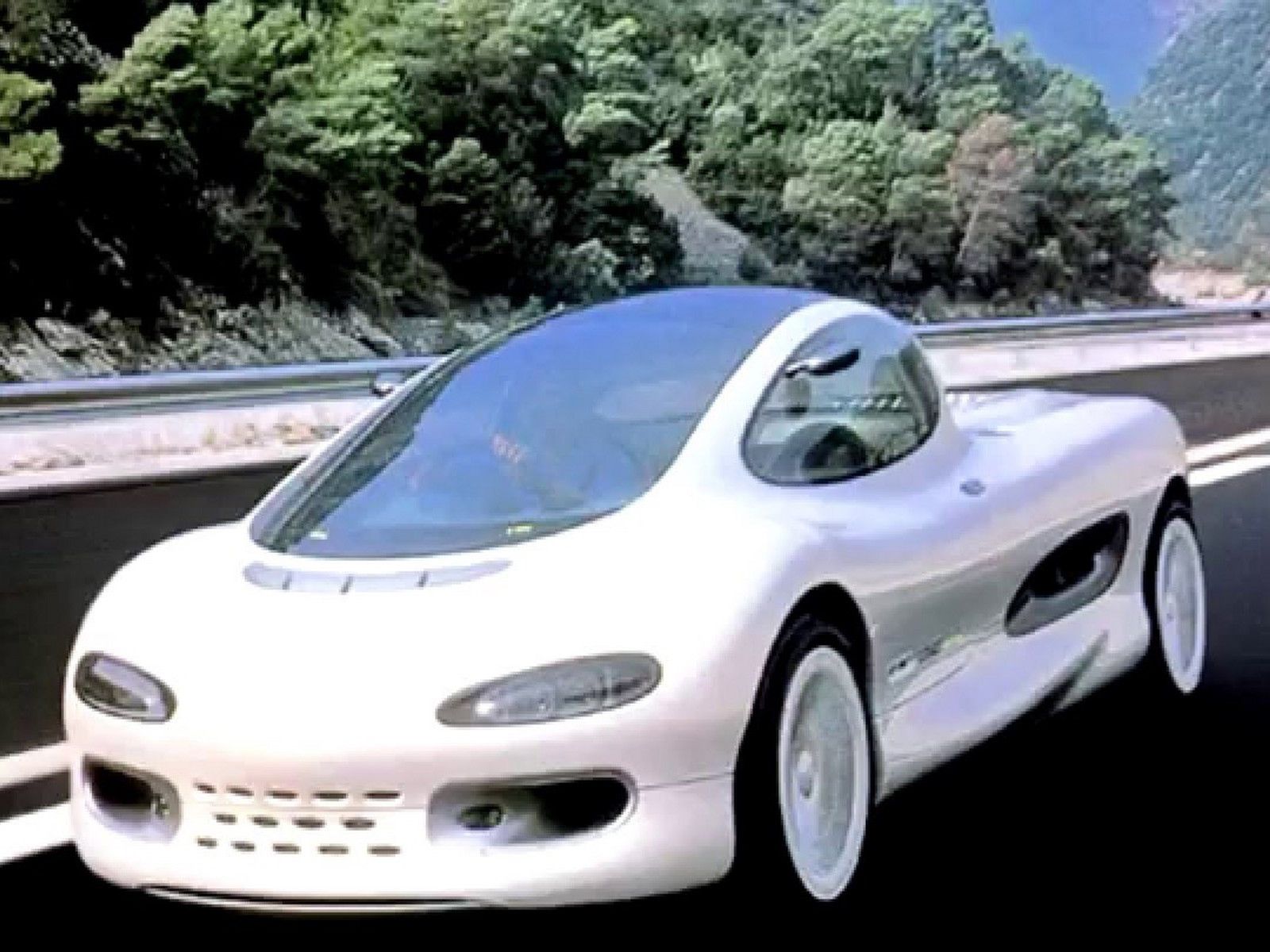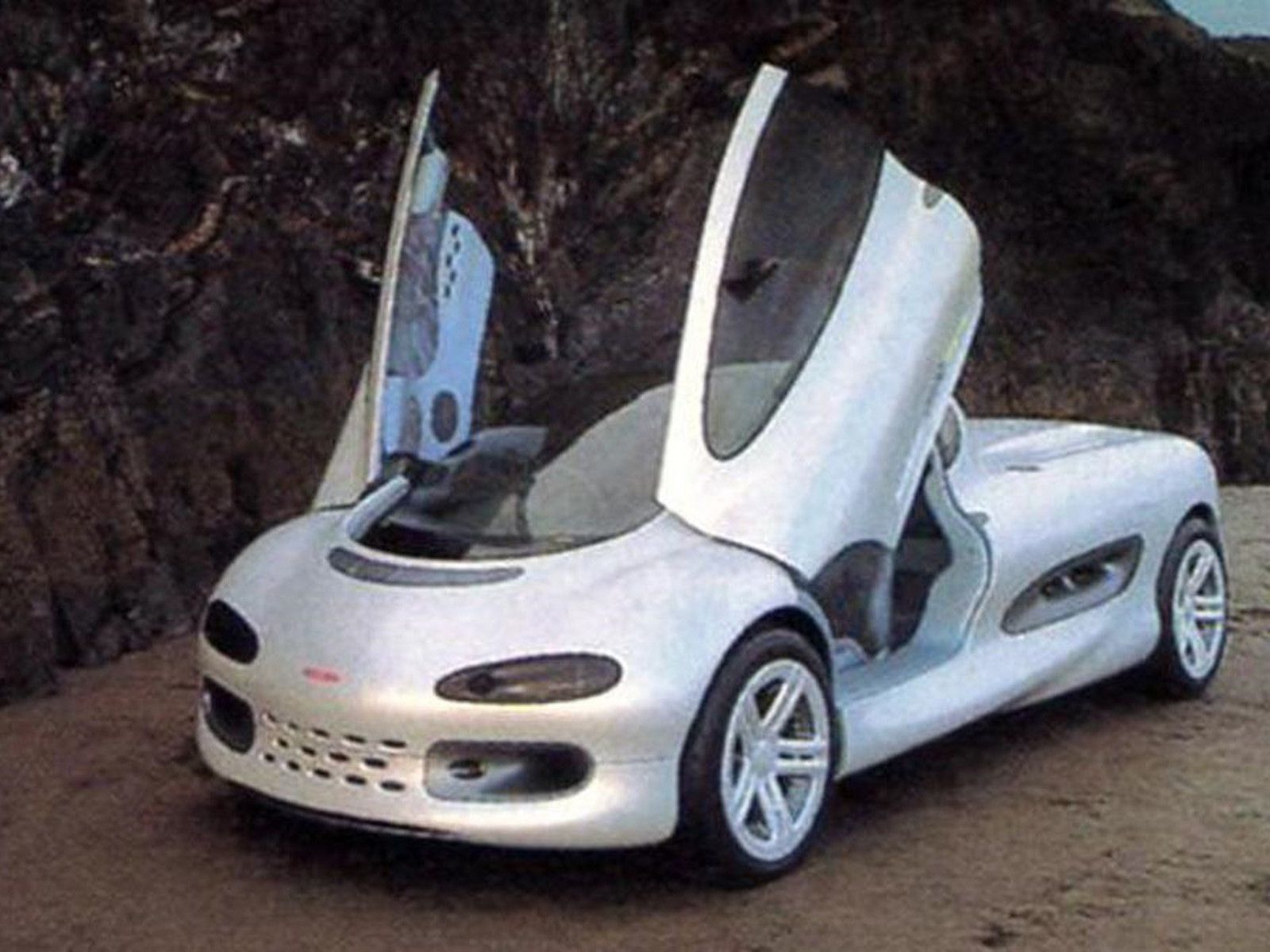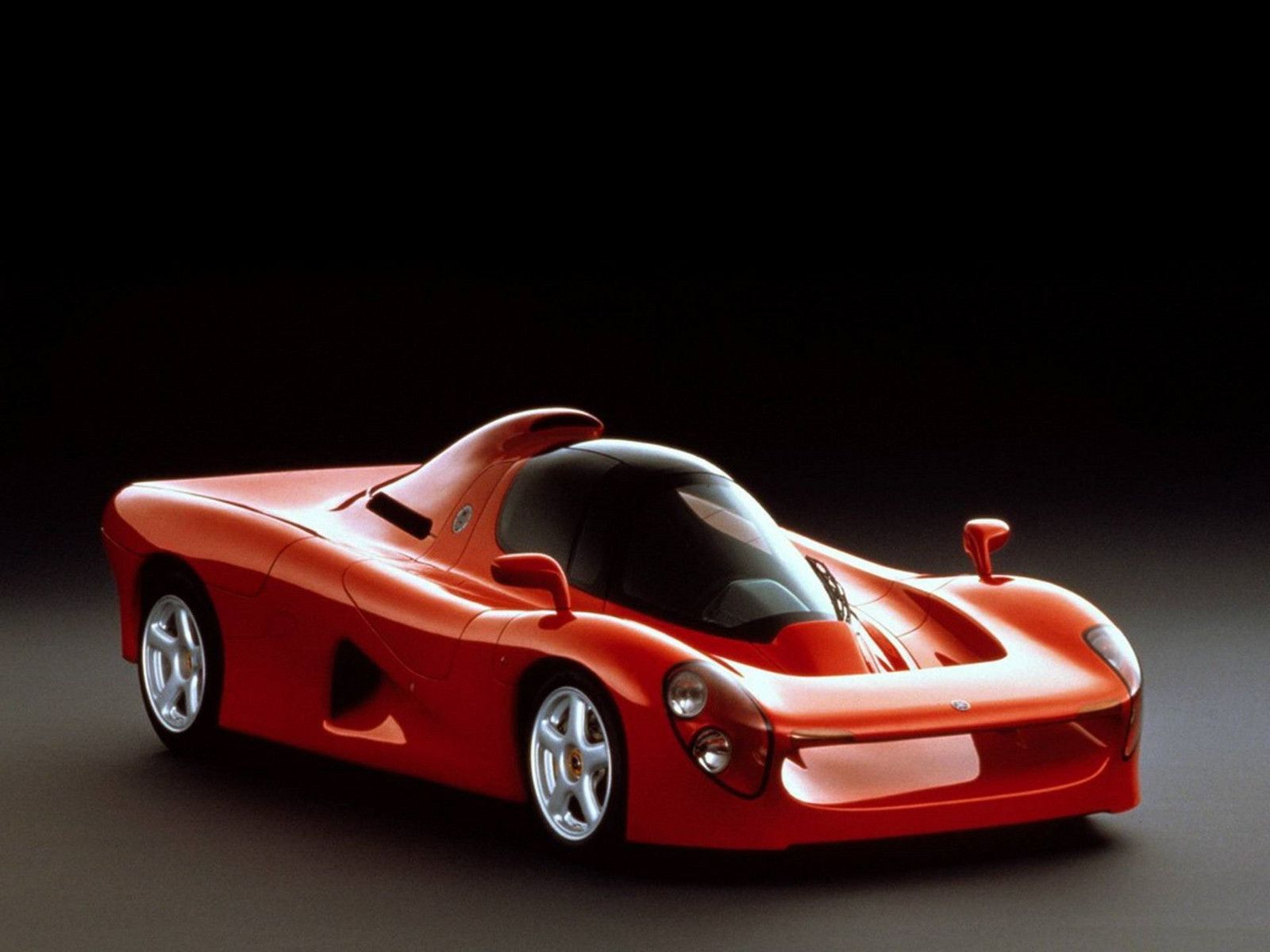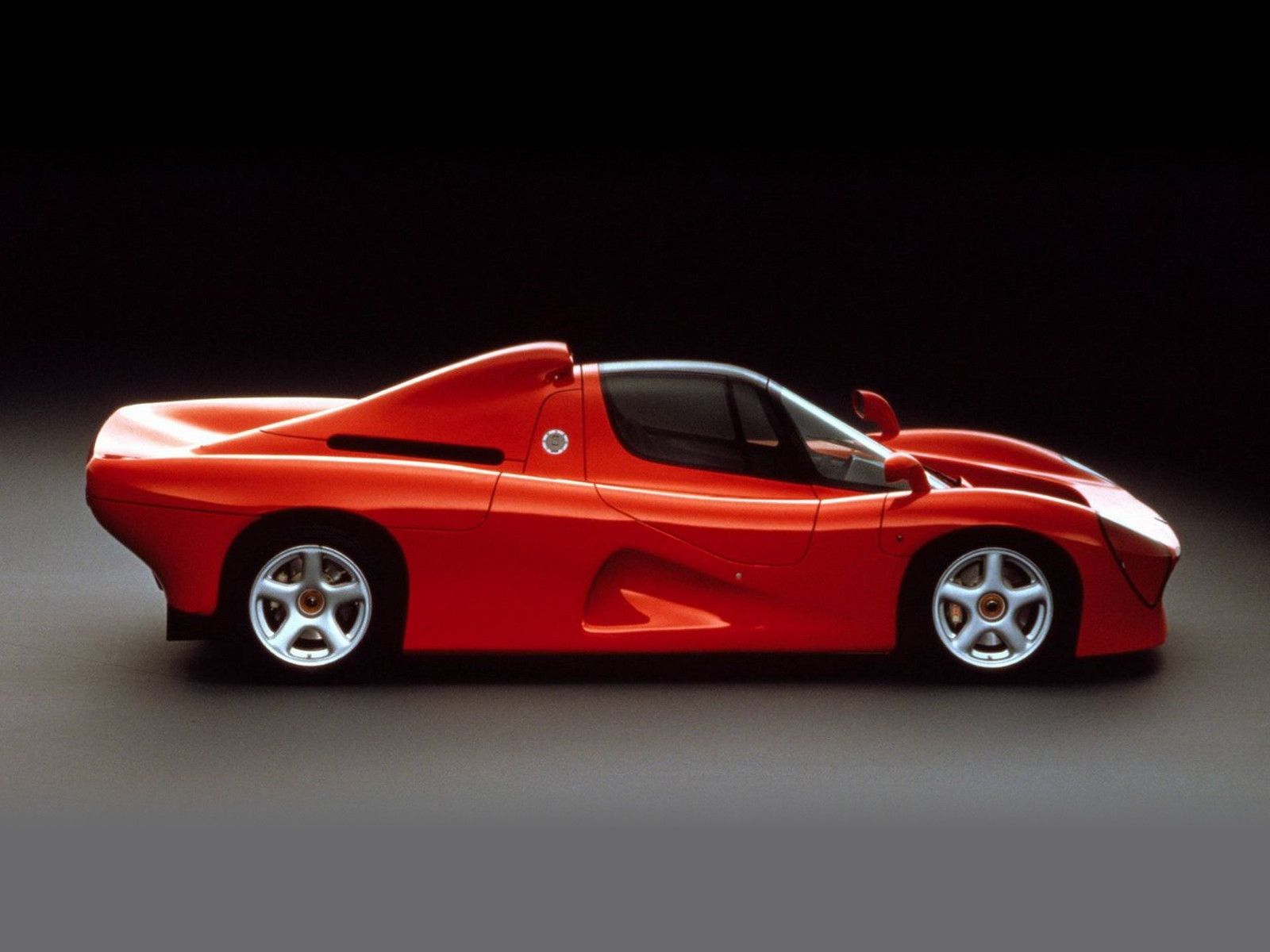
Concept cars are brilliant used to give us a glimpse of the future, to celebrate the past, or to gauge the public's response in an effort to decide whether a vehicle makes it to market or not. But the Japanese have a tendency to do concepts like no one else. Of course they have always done tech and all manner of other things in a strange way, but their concepts take the cake as some of the weirdest, and sometimes most exhilarating in the world. The 10 cars you'll see on this list are all crazy in some way or another, either for their styling, performance, or just being plain weird.
The Eliica
A team from Keio University in Tokyo, under the leadership of Hiroshi Shimizu, designed and developed the Eliica, (ELectric LIthium-Ion CAr). The eight-wheeled electric car offered incredible performance, 0-62 mph in four seconds and a top speed of 230 mph. The eight wheels were smaller than standard car wheels, enabling the Eliica to be closer to the ground for better aerodynamic efficiency, with each wheel housing an 80-hp motor for a combined output of 640 hp with 8-wheel drive.
Toyota RV-2
Ever wanted to take your front-engined, rear-wheel drive Toyota camping? Well in the era of wedge-shaped cars, in the year 1974, Toyota unveiled the RV-2 concept. Based on the Mark II, the two-door wagon was styled true to the era, with sharp lines and rectangular outlines. But what made the concept unique was that the rear featured two clamshell hatches that opened partially and created a space across which you could span a tent. Toyota claimed the RV-2 could sleep four people, two in the tented area, and two in the front of the cabin, though sleeping in the driver's seat never sounded like a good idea.
Suzuki Sharing Coach
This kind of doubles up as two vehicles rolled into one, as the Suzuki Sharing Coach (SSC) incorporated the PIXY. The PIXY was a one-person transport device designed for foot paths and inside buildings – pretty much a mobile pod. But when in a PIXY, you could ride up into the Sharing Coach, along with a partner, and the SSC instantly became an automobile piloted from within the little pod. The Suzuki Sharing Coach was the automotive equivalent of Russian nesting dolls, which is pretty strange.
Mazda Furai
Revealed in December 2007, the Mazda Furai was a concept like no other. Translating as "sound of the wind", the Furai was the fifth and final in the Nagare line of concepts. With a chassis based on a Le Mans Prototype racer, the Furai was powered by a heavily modified 3-rotor wankel rotary engine developing 450 horsepower. The concept wore the number 55, the same as the 1991 787B race car that won the 24 Hours of Le Mans. The functional concept sadly met its demise being tested by Top Gear magazine in 2008 when it caught fire, though the incident was kept a secret until 2013.
Bambgoo
Developed by the Kyoto University's Business Venture Laboratory, the Bambgoo was a unique electric car that was capable of running 31 miles on a single charge. But what made the Bambgoo so unique wasn't its drivetrain, but its construction. You see the Bambgoo was built completely from Bamboo, and allegedly weighed just 132 pounds. Needless to say, nothing like the Bambgoo ever came to fruition.
Honda Fuya-Jo
The 1999 Honda Fuya-Jo concept looks, well, the pictures speak for themselves. It's just plain weird. Designed to cater to a young audience, it was pretty much a party on wheels, the name literally meaning 'sleepless city'. The dash and controls looked like a DJ's turntables, the floor was completely flat like a dance floor, and the seats left you nearly standing. The Fuya-Jo did have a rather pumping sound system though, however that was all it really had going for it. No surprise this never made it to production, though if you squint a little, maybe Kia gleaned some influence for the Soul from this.
Toyota Avalon
No, not the Toyota full-size sedan, but rather a 1991 concept that predated the first Avalon production car and was in no way related to it. Designed by Calty, it was a four door convertible concept inspired by cars from the '60s, albeit with far more inspiration drawn from eggs than anything else. When the top was closed, the windscreen flattened to create something that looked positively alien – a trait that definitely never reached the production sedan.
Nissan Pivo
Nissan's Pivo is a 3 generation concept, of which our focus here is on the original and on Pivo 2. Both feature a 3-seater cabin that rotates on a 4-wheel chassis to negate the need for a reverse gear. The Pivo 2 wheels are in rotating pods too, meaning you can turn the cockpit and wheels, and suddenly drive off at a 90-degree angle to what you were originally. No need to perform a three-point turn, no need to ever reverse out of a parking bay, or parallel park the same way again.
Isuzu Como F1
From its side profile, the Isuzu Como F1 looked like a pick-up concept. With scissor doors it would've been one unique ute to boot. But in the middle, where the load bed should be, the Como F1 featured a 3.5-liter V12 engine, sourced from the Lotus Formula 1 car of the day. Who said the Mercedes-AMG Project One was the first road-car to feature a Formula 1 engine?
Yamaha OX99-11
Here's another Formula 1 based concept that pre-dates the AMG project One, except in the case of the Yamaha OX99-11, there was a lot more than just an F1 engine going into it. Though the design looked reminiscent of Group C racers, the chassis was actually based around the same carbon fiber tub as used in F1 cars. The engine was Yamaha's own 3.5-liter V12 Formula 1 engine, and would've powered the $800,000 road car had top brass not decided that the intended market had dried up. Fast forward 27 years and it seems the market has been somewhat rehydrated.

